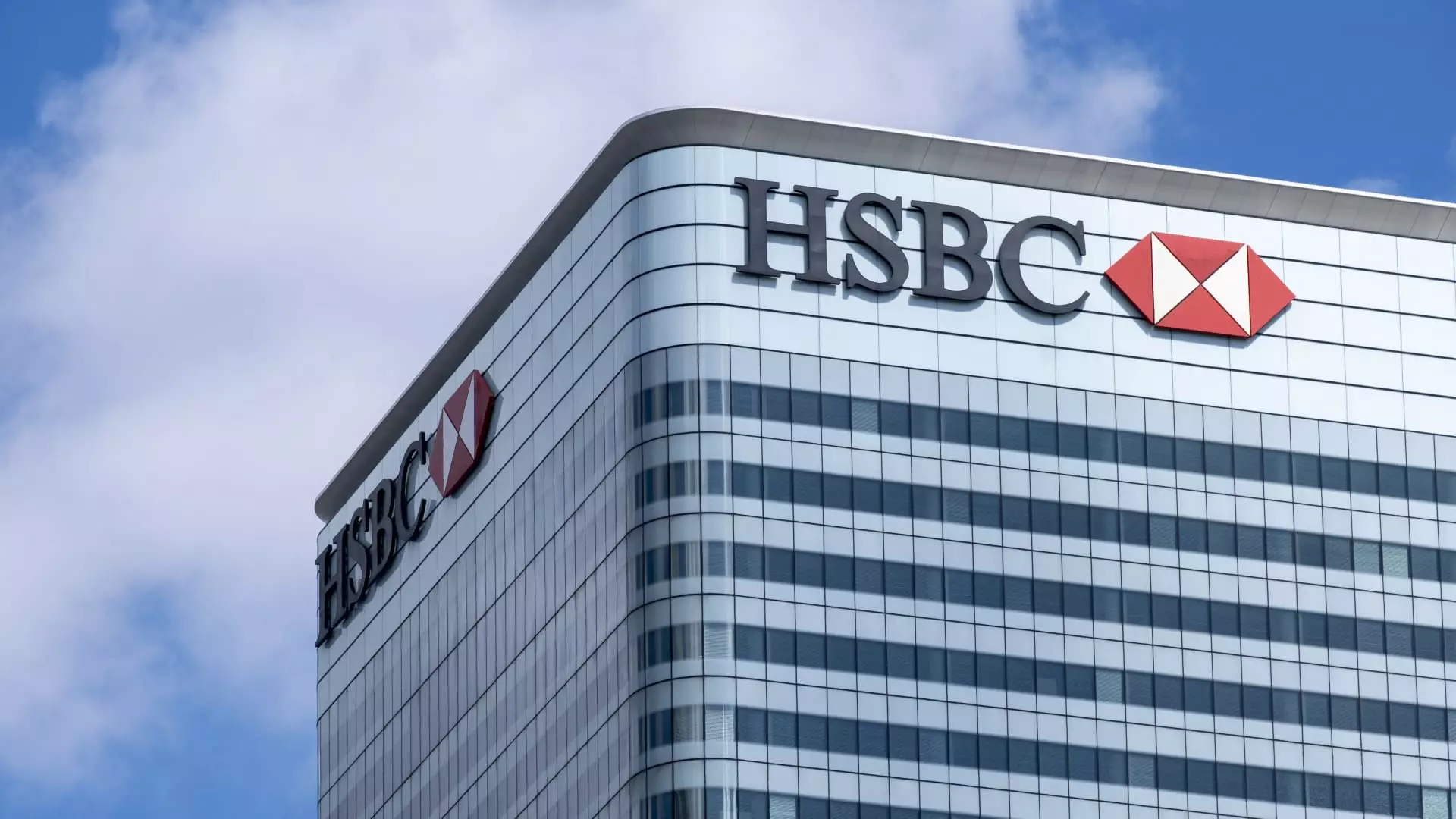In a significant announcement, HSBC, the largest bank in Europe, reported its third-quarter earnings with figures that surpassed market expectations. The bank unveiled a pre-tax profit of $8.5 billion, a considerable increase from $7.71 billion in the same quarter last year. Revenue for the quarter reached $17 billion, reflecting a 5% growth year-over-year. This impressive performance can be largely attributed to the bank’s robust revenue growth, particularly in its wealth management and personal banking sectors. Moreover, profitability after tax was reported at $6.7 billion, demonstrating effective financial management even amidst challenging market conditions.
As part of its commitment to enhancing shareholder value, HSBC announced a substantial share buyback program worth up to $3 billion. This move adds to the total of $9 billion in buybacks for the year, indicating a clear strategy to return capital to shareholders amid a favorable earnings backdrop. The share buyback reflects not only confidence in the bank’s financial health but also a proactive approach to managing its equity capital. Coupled with a newly approved dividend of $0.1 per share, these actions demonstrate HSBC’s initiative to reward its investors as it navigates through the complexities of the banking sector.
Despite the positive financial outcomes, HSBC’s net interest margin faced a decline, dropping 24 basis points year-on-year to 1.46%. This figure was below broker estimates of 1.56%, signaling that the bank may face challenges in maintaining profitability in its lending operations. As interest rates fluctuate in global markets, this drop highlights a crucial area for the bank to address moving forward, especially as lending profitability is a key indicator of a bank’s health.
One of the most significant strategic initiatives announced recently was HSBC’s decision to restructure its operations into four distinct business units: Hong Kong, the U.K., international wealth and premier banking, and corporate and institutional banking. This transformation comes alongside the appointment of the bank’s first female finance chief and aims to streamline operations, thereby reducing redundancy in decision-making processes. The changes are expected to take effect from January, and HSBC’s leadership asserts that this restructuring will cultivate a more agile and dynamic organization, better equipped to respond to market demands.
As HSBC moves into the final quarter of the year, the potential for continuing growth remains optimistic but comes with challenges. The restructuring plan reflects a proactive mindset aimed at enhancing the bank’s adaptability in a competitive landscape. Nevertheless, the pressure on net interest margins and the broader economic environment pose ongoing risks. Stakeholders will be keenly observing how HSBC implements its new strategy and whether it can maintain its momentum in profitability while adapting to changes in global banking trends. Overall, HSBC’s recent announcements illustrate a commitment to growth, efficiency, and shareholder interests as it prepares for the future.

